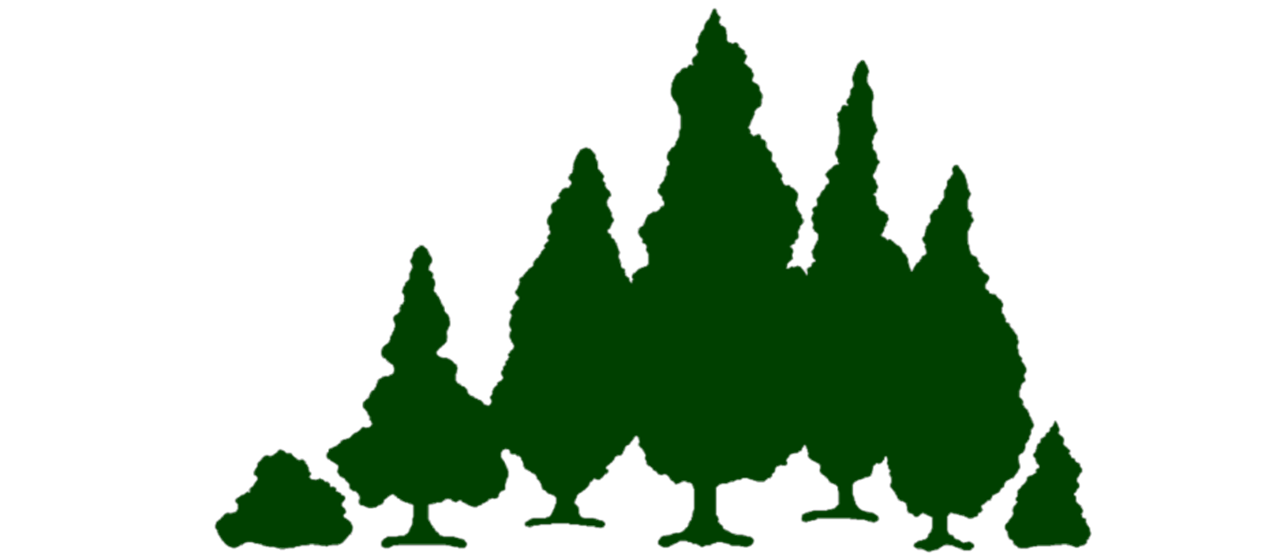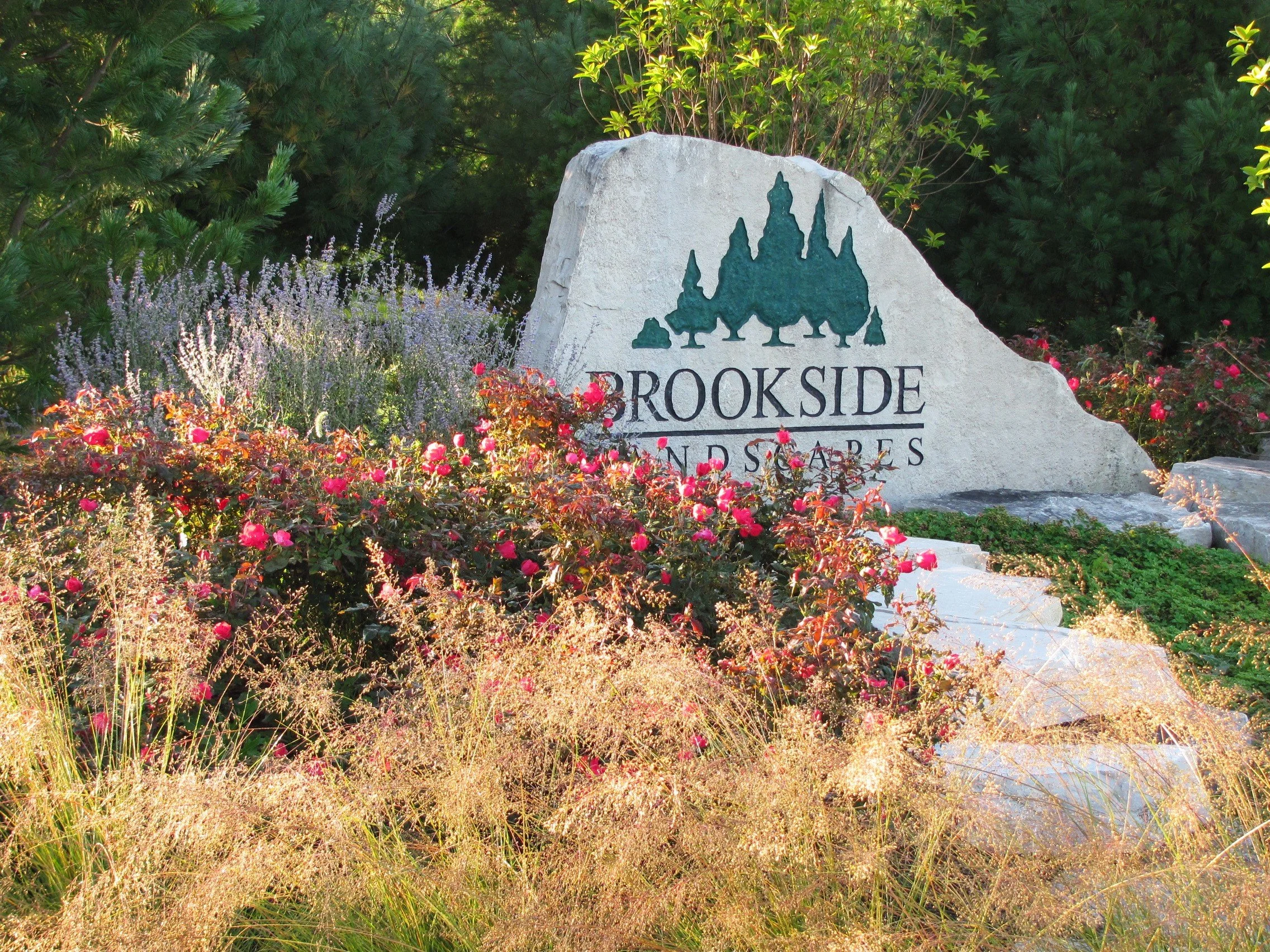PLANTINGS
SEASONAL CHANGE:
Seasonal changes play a crucial role in landscape design, especially in central Illinois where we witness dramatic shifts in weather. A well-designed landscape should be able to enhance your property throughout the year. While architecture remains static, a good landscape can transform the look and feel of your property with each passing season.
Our designs incorporate elements that encourage the landscape to evolve through the seasons. Deciduous flowering shrubs and trees add color in spring and early summer with their flowers, and often dramatic fall color with their leaves. Perennials offer color at different intervals throughout the summer months. We use limited evergreen plants, ornamental grasses, and sometimes fruit, bark or branching characteristics of deciduous trees and shrubs to provide winter interest.
This seasonal change can be achieved with less maintenance than other types of landscapes. By working with nature rather than against it, your landscape can become a source of enjoyment, rather than something that requires constant upkeep.
MULCHING EXPLAINED:
Practices develop in an industry and time can cause us to lose sight of the core reasons why we do something. Let’s first look at those core reasons of why mulch is used in plant beds in the first place.
Retains moisture for plants - A layer of material over the soil surface helps keep the sun, or dry air from pulling moisture from the soil.
Improves soil structure - The decomposition of a mulch adds rich organic matter to the soil, keeps the soil loose, and increases the infiltration of water.
Minimizes temperature swings - The hot summer sun, or a polar vortex in winter are extremes that are detrimental to plants. Mulch provides a layer of ‘insulation’ that tempers those swings.
Minimizes weed growth - Through the decomposition of an organic mulch, germination of weed seed is deterred so plants can out-compete.
Guides soil PH - Lawns trend soil pH to more alkaline levels while mulch guides soils to the acidic side which is preferred by most plants & trees.
Provides a visual backdrop - Although somewhat a byproduct, a dark, neutral back drop to establishing or young plant material creates a positive visual.
All of these items are intended to support plants and for a reason. Plants provide functions like screening, defining space, creating visuals, guiding views, etc. Although mulch can provide a good surface for pedestrian space, it does none of those things that plants can. As a result, we create PLANT beds in a landscape, not MULCH beds. Mulching's sole purpose is the support of the plants.
This leads us to the type of mulch that best addresses these core reasons for mulching. A finely shredded, dark brown, partially decomposed, hardwood mulch serves the purpose well. It is created from by products of local timber companies, so it is a ‘Green’ product, while providing a good value. A fresh wood mulch can pull nitrogen from the soil as it starts its decomposition so it is important to have ‘age’. Studies show that this also effectively eliminates concern with termites within the product itself. Although decomposition of mulch can grow fungus, these are not the same pathogens that are detrimental to plants.
These reasons for mulching help us in defining practices to avoid, just as effectively.
NO DYED mulch - For a dye to fix itself effectively to mulch, larger chunks of fresher wood are used in its production, defeating many of the positives of mulching.
NO fabric under mulch - Fabric under a mulch surface again negates the positives, while limiting plant spread, creating a slippery surface for mulch, while weeds still germinate over the top.
NO Cypress - Due to its lack of decomposition, cypress mulch builds up to a degree that is detrimental to plants, limiting growth & spread.
In a well-designed landscape, we should create an environment that allows plants to flourish while minimizing the impact on the ground plane. Our diverse selection of plant materials should be allowed to provide both the structure and beauty they naturally possess. Rather than trying to control the natural processes, we should guide them, resulting in less maintenance required for the landscape.






